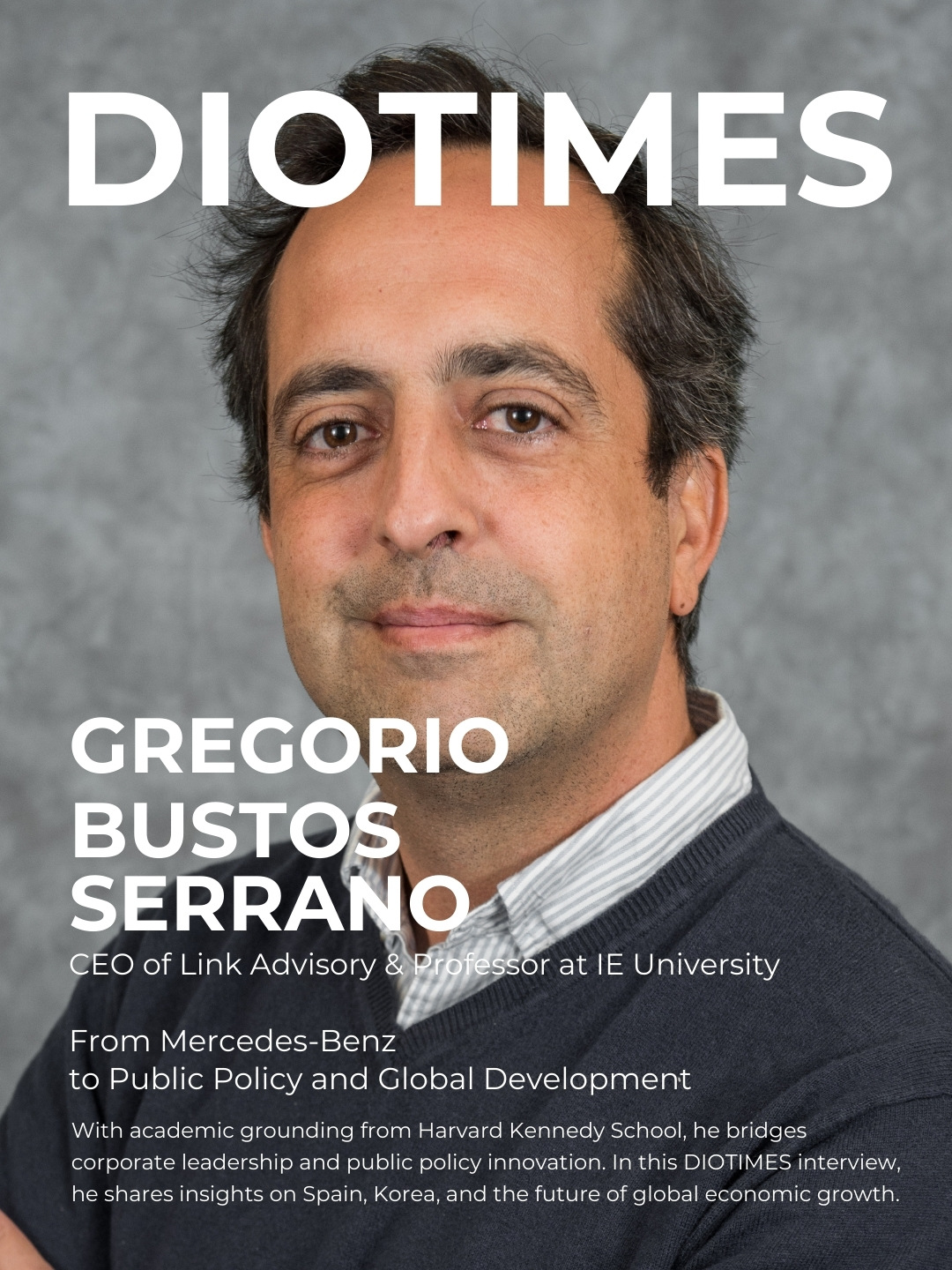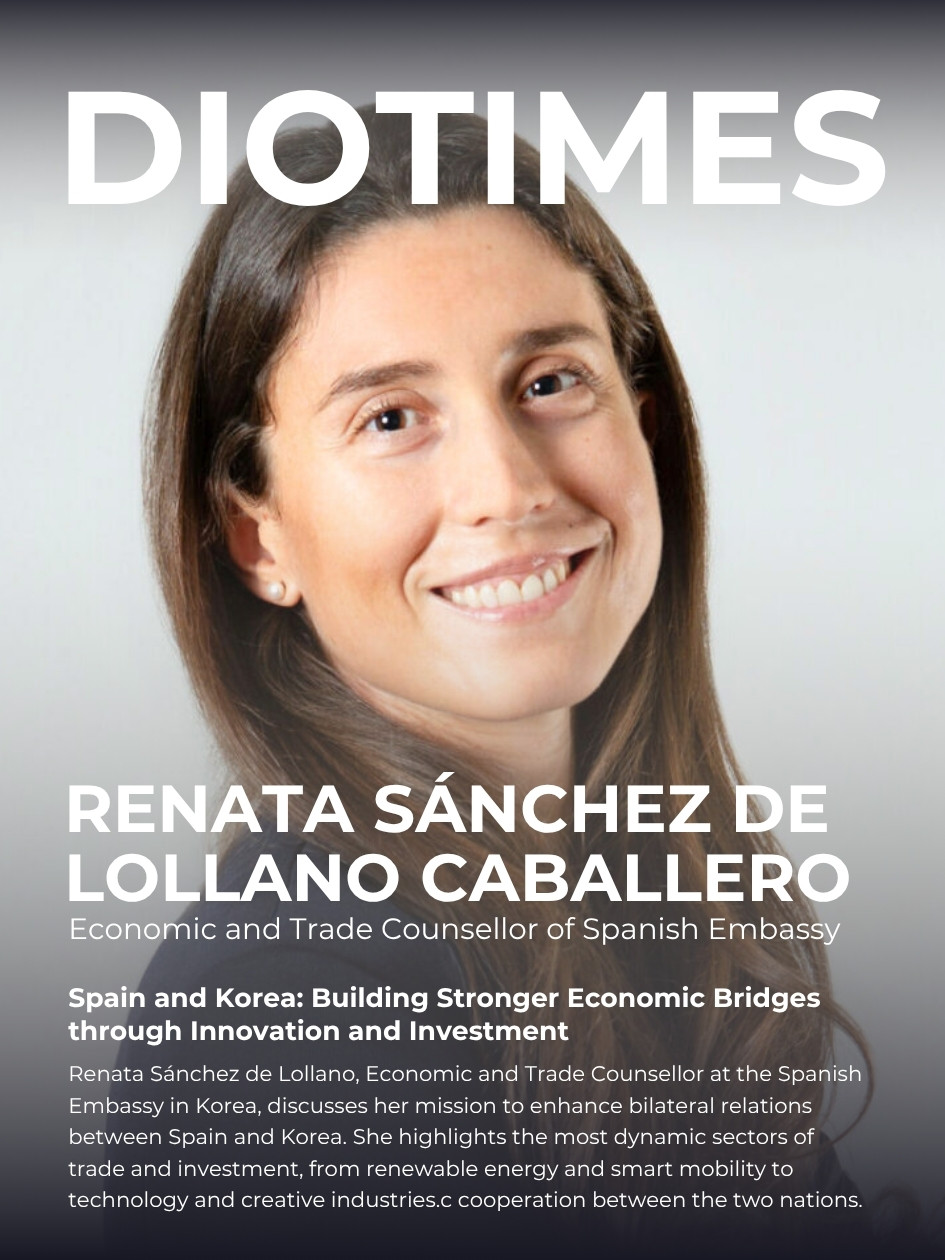The MBA, or Master of Business Administration, is often seen as a modern necessity for ambitious professionals. Yet this credential is more than a degree; it is a living institution that has continually adapted to the demands of business and society for more than a century. To understand why the MBA still holds relevance today, we must first look at its origins, how it has evolved, and how it has become a truly global phenomenon.
As someone who earned my MBA at IE Business School in Madrid, I have seen firsthand how the degree carries both tradition and transformation. The MBA’s history is not simply about universities—it is about the changing world of business, the rise of globalization, and the shaping of leaders across generations.
The Birth of the MBA: Harvard, 1908
The MBA was born in the United States in 1908, when Harvard Business School (HBS) launched its first program with only 33 students. At that time, the United States was experiencing rapid industrial growth. Corporations were expanding, and there was a pressing need for managers who could bring not only practical experience but also scientific, structured approaches to business.
The Harvard MBA was designed as a professional degree, comparable to medicine or law. It emphasized applying academic knowledge to real-world problems. This distinction separated the MBA from economics or commerce degrees, giving it a unique identity as a program that merged theory with practice.
The Early Growth: 1920s to 1950s
Following Harvard’s success, other U.S. universities quickly adopted the model. Schools like Wharton (University of Pennsylvania), Chicago Booth, and Columbia launched MBA programs that became foundational pillars of business education.
During these decades, the MBA focused heavily on accounting, finance, operations, and organizational management. Graduates were expected to lead in traditional industries such as manufacturing, banking, and consumer goods.
The 1950s marked another turning point: the case method—developed at Harvard—gained traction as an innovative way to train students to make decisions under uncertainty. This methodology, still widely used today, became a hallmark of MBA education.
Wall Street and the MBA Boom: 1960s–1990s
By the 1960s and 1970s, the MBA had become synonymous with corporate leadership in the United States. Business schools grew in size, prestige, and influence.
The 1980s and 1990s, however, were transformative decades. As Wall Street surged, MBA programs became talent pipelines for investment banking, consulting, and later private equity. The “MBA as a ticket to wealth” narrative was born, fueling record applications. Salaries for graduates skyrocketed, reinforcing the perception of the MBA as a high-return investment.
This era also brought criticism. Some argued that MBA programs were producing leaders too focused on financial engineering and shareholder value, neglecting ethics and social responsibility. These criticisms would later shape how MBA curricula evolved in the 21st century.
Global Expansion: 1990s–2000s
While the MBA started in the U.S., by the late 20th century it had become a global export. Europe rose as a powerful player with institutions like INSEAD (France/Singapore), London Business School (UK), IESE (Spain), HEC Paris (France), and IE Business School (Spain).
These schools emphasized international diversity and cross-cultural experiences. At IE, for instance, classrooms represented over 70 nationalities, creating a global laboratory of perspectives. This internationalization was a key differentiator from U.S. schools, which at the time were still heavily American in composition.
Asia soon followed, with schools like CEIBS (China), HKUST (Hong Kong), NUS (Singapore), and ISB (India) becoming globally recognized. Today, Asia is one of the fastest-growing markets for MBA programs, reflecting the continent’s economic rise.
Reinvention in the 21st Century
The 2000s and 2010s forced MBA programs to reinvent themselves yet again. Several key trends reshaped the degree:
Technology: With the rise of Silicon Valley, MBAs were no longer heading only to banks and consultancies but also to tech giants like Google, Amazon, and startups.
Entrepreneurship: Business schools created incubators and accelerators, encouraging students to launch their own ventures rather than simply join corporations.
Globalization: International modules, exchange programs, and multi-campus formats (like INSEAD and IESE) became mainstream.
ESG and Sustainability: Climate change and social responsibility pushed business schools to integrate ethics, governance, and sustainability into curricula.
Online and Hybrid Learning: Platforms like Coursera, edX, and schools themselves began offering online MBAs, making programs accessible to a broader audience.
Schools that adapted thrived. Those that did not began to slide in relevance and rankings.
The MBA in 2025: Tradition Meets Transformation
In 2025, the MBA is a unique blend of tradition and innovation. It carries the legacy of Harvard’s 1908 vision but is also shaped by global demands for adaptability, entrepreneurship, and digital fluency.
The modern MBA is no longer a single model—it comes in many forms: two-year U.S. programs, one-year European programs, Executive MBAs for senior leaders, and fully online MBAs for remote learners. This flexibility has allowed the degree to survive and remain relevant despite criticism and competition.
Danny Han’s Insights
From my perspective as an IE Business School MBA graduate, the history of the MBA teaches us three critical lessons:
The MBA has always been about transformation. Whether it was industrial managers in 1908 or tech-savvy entrepreneurs in 2025, the MBA adapts to create leaders for its time.
Globalization is the MBA’s biggest strength. The spread of business schools worldwide has turned the MBA into a universal language of leadership.
The future will favor adaptability. The schools that integrate technology, sustainability, and entrepreneurship into their DNA will define the next century of MBA education.
The MBA’s history is not just about business schools—it is about how the world itself has changed, and how education has responded to prepare leaders for each new era.
Conclusion
From a modest classroom of 33 students at Harvard in 1908 to today’s global networks spanning every continent, the MBA has grown into an institution that mirrors the evolution of business itself. Its history reflects shifting priorities: from finance to globalization, from corporate careers to entrepreneurship, from shareholder value to sustainability.
The MBA is far from a static degree. It is a living organism that has reinvented itself repeatedly to stay relevant. And in 2025, just as in 1908, it remains a training ground for leaders who will shape the future.






